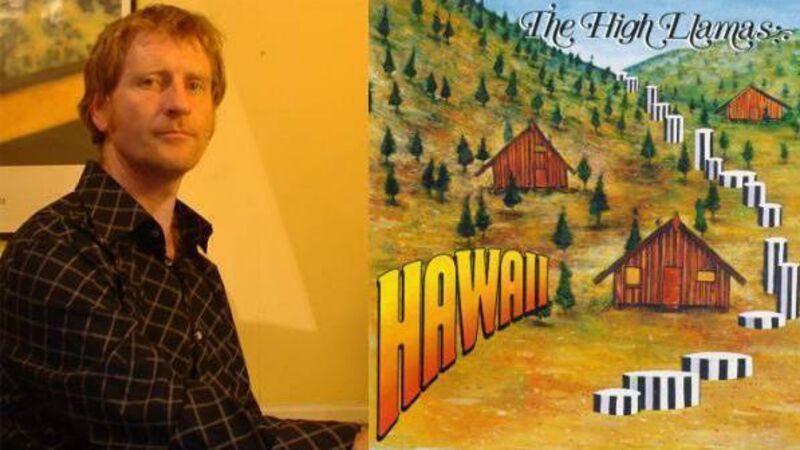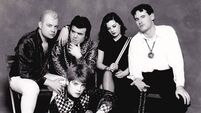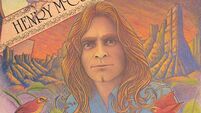Ireland in 50 Albums, No 27: Hawaii, by The High Llamas (1996)

Cork musician Sean O'Hagan created the High Llamas after the breakup of Microdisney.
The story of The High Llamas’ 77-minute opus, Hawaii, is book-ended by interactions Sean O’Hagan — the band’s frontman, and former Microdisney guitarist — had with two giants of popular music: Arthur Lee of Love and Brian Wilson of The Beach Boys.
In June 1994, Arthur Lee performed songs from Love’s legendary album Forever Changes at The Garage in London with The High Llamas acting as his backing band. Sony Music executive Jeremy Pearce was in attendance.







